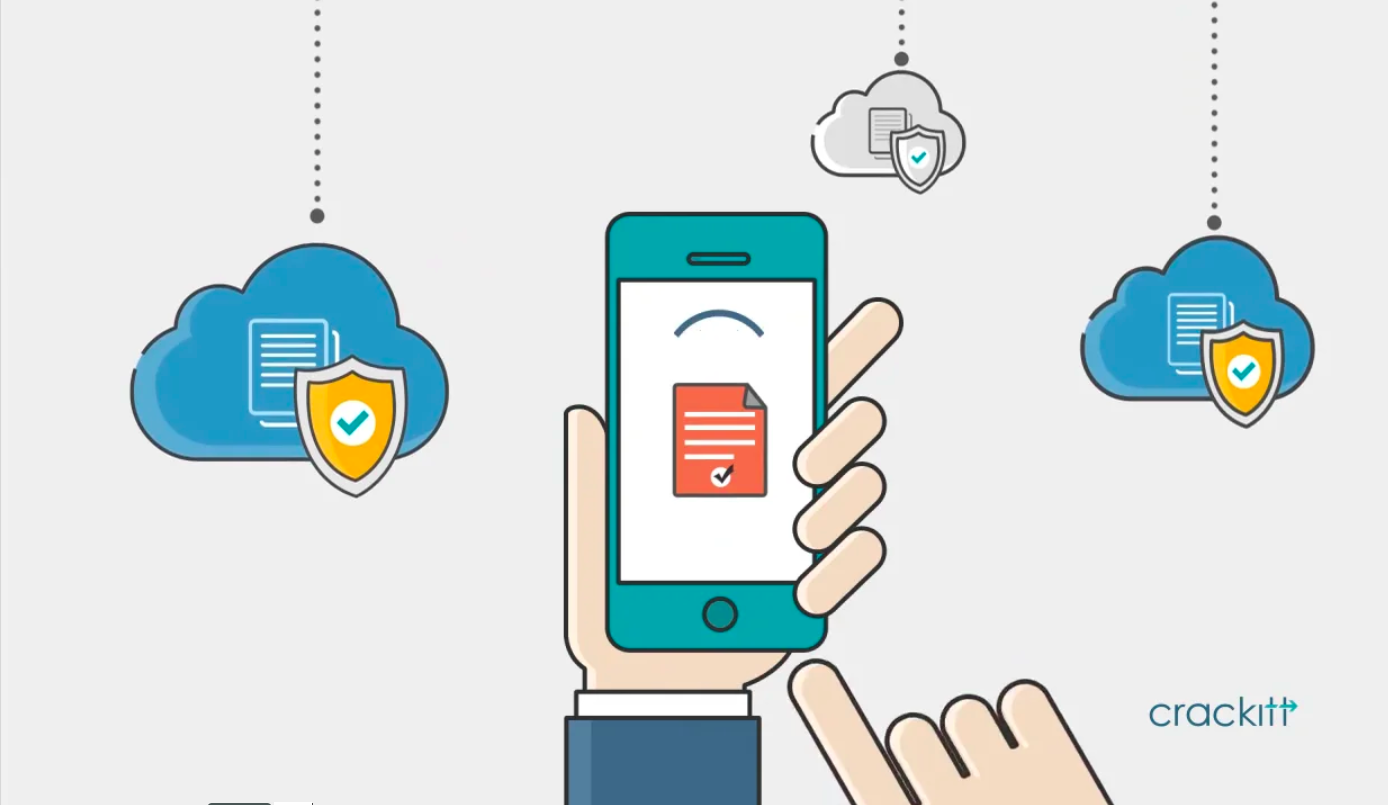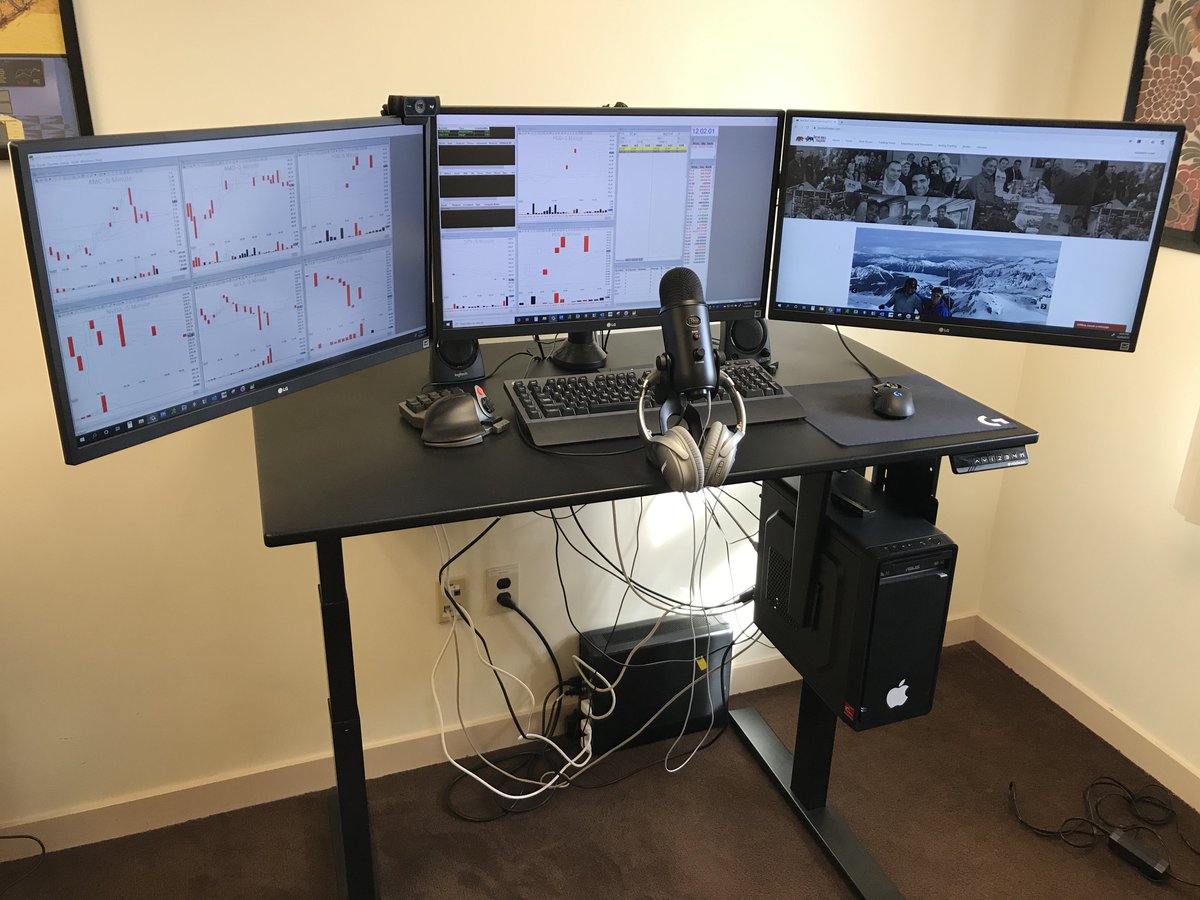Training the workforce in-house is bound to your organization’s competencies, whilst outsourcing means surrendering control of a highly important business aspect. In this article, have an assessment of your options and evaluate the pros and cons of picking whether to stay in-house or elect to outsource when considering a range of different staff drill methods. The goal is to decide which components of a successful mixed learning program are best in-house or outsourced.
In-House Learning Management System
Learning of essential prospects and fundamentals to grow a healthy and progressive environment is indeed a task which needs expertise. But that doesn’t mean that it should be outsourced. There are a bunch of advantages when you opt for an in-house learning program. The primary in them is incurred expenses. By training the workforce in company premises, managers greatly reduce the wages paid for conveyance, accommodation and food expenses of the employees. Moreover, there is a certain need for control over content that is served to the staff. By choosing, in-house LMS program, the organizers might have to sacrifice technical expertise, but they have steering of content control in their hands. Either way, it is advised to pick in-house learning when the course asks for the minimum duration and less technical expertise.
Outsourcing Learning Management
Today’s saying of many organizations is value for money. It is possible for semi-size companies to use the skill of world-class instructional creators at reasonable costs. Outsourcing is the answer to that. For a semi-sized company, it might be tough and expensive to maintain an instructional design team to develop content. Outsourcing offers these companies the benefit of undergoing the work of highly accomplished and knowledgeable developers. These developers might have been in the industry for years and produced countless hours of content. Even if a mid-size company begins its own instructional design department, it would take fairly a long time to reach the level of skilled developers.
The Best Practice
Using a combination of in-house and outsourced content is considered a best practice because each type of content has its own pros and cons. In-house content allows for more creative governance, and content creators can easily join company marketing, goals and ideas into training materials. In-house content can also be sold on e-learning markets. These are principal libraries of training content, sometimes housed inside LMS platforms; where organizations can post the content they have created. By certifying their content to others, companies can actually make money from training. However, producing quality training materials requires both time and sources; two things companies may not have much of to invest, especially when letting new employees in. A blend of internally created and third-party training materials allows companies to leverage the benefits of each type. In-house content allows for superior tractability and control over the company brand, while third-party content is inexpensive, widely obtainable and provides outside expertise. According to experts, using a mix of both types is also the greatest practice to make sure employees retain information.
Shortcomings of This Combination
There are weaknesses to this approach, though. Companies can rarely squeeze third-party content to their taste, so what they find is what they get. This presents a test for companies that need very precise training such as, safety training for a chemicals company.
In brief, outsourcing eLearning for corporate training requirements will decrease the burden of in-house development, postponements, limits, and is cost-effective, and comes with a platter of highly capable professionals you can choose to advance your training courses. Only you can decide which is the best option for your company? Should you invest in a ready-to-use system or develop your in-house LMS and completely tailor the LMS platform? The answer depends on your training necessities, eLearning financial plan, and in-house talent, along with the overall petition for resources. Quick reversal times may require a readymade option, while a modified solution is ideal for workforce asking for creative control and don’t think before investing source and time.




